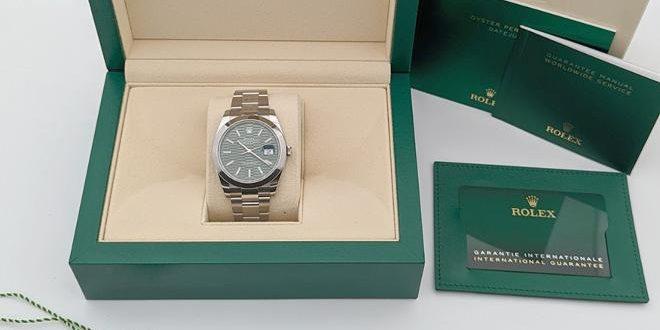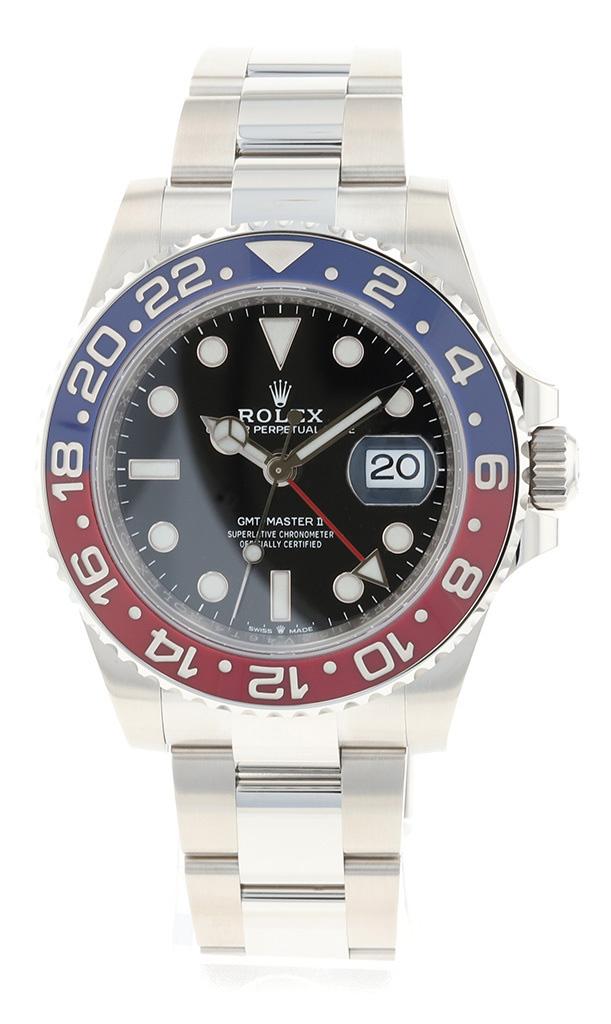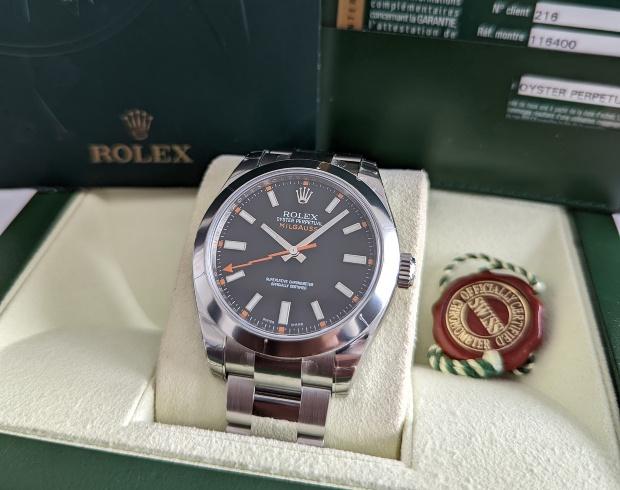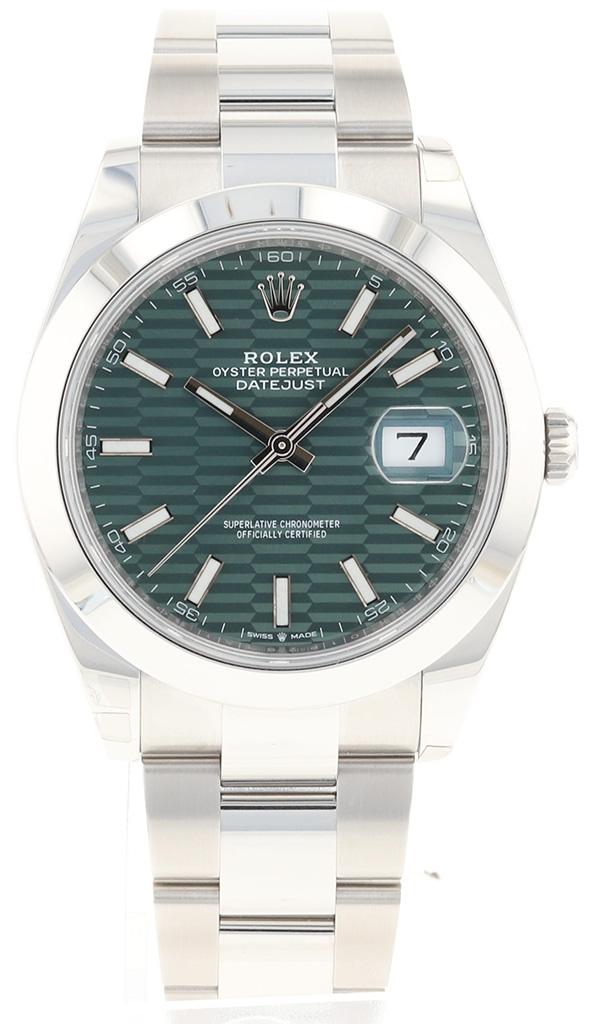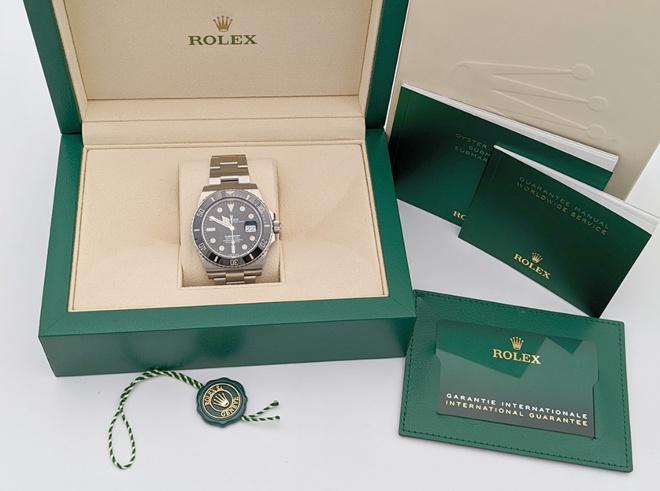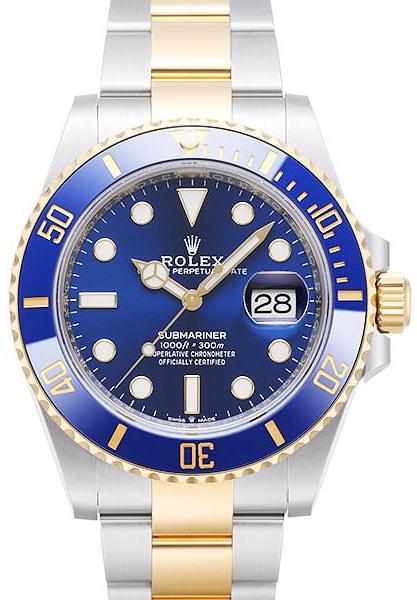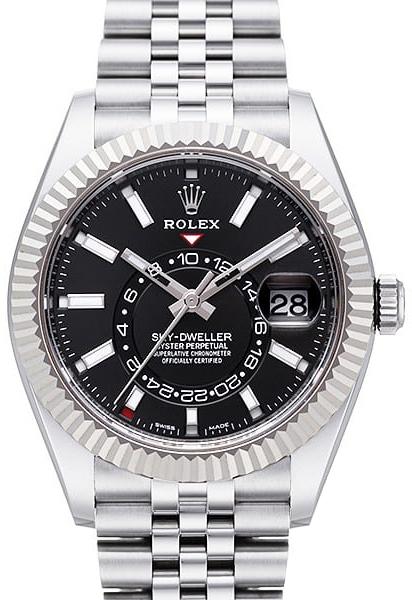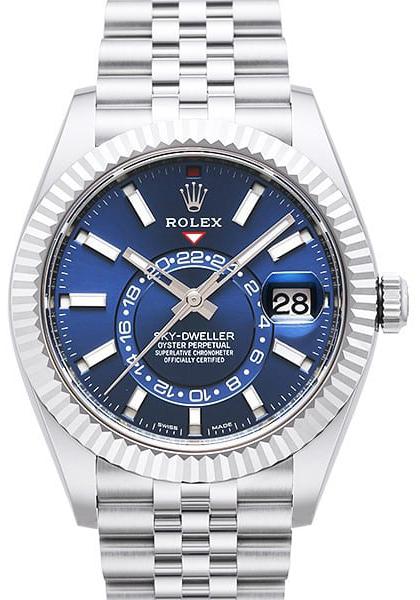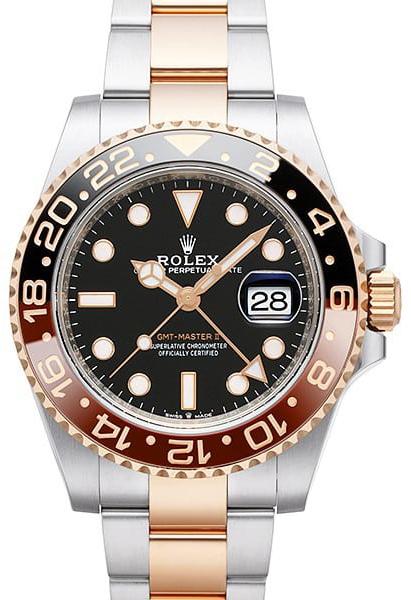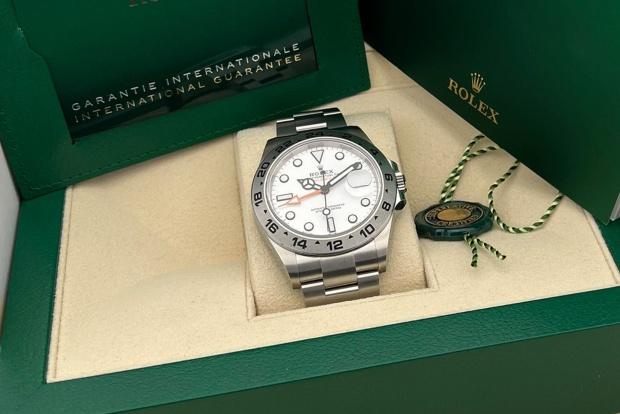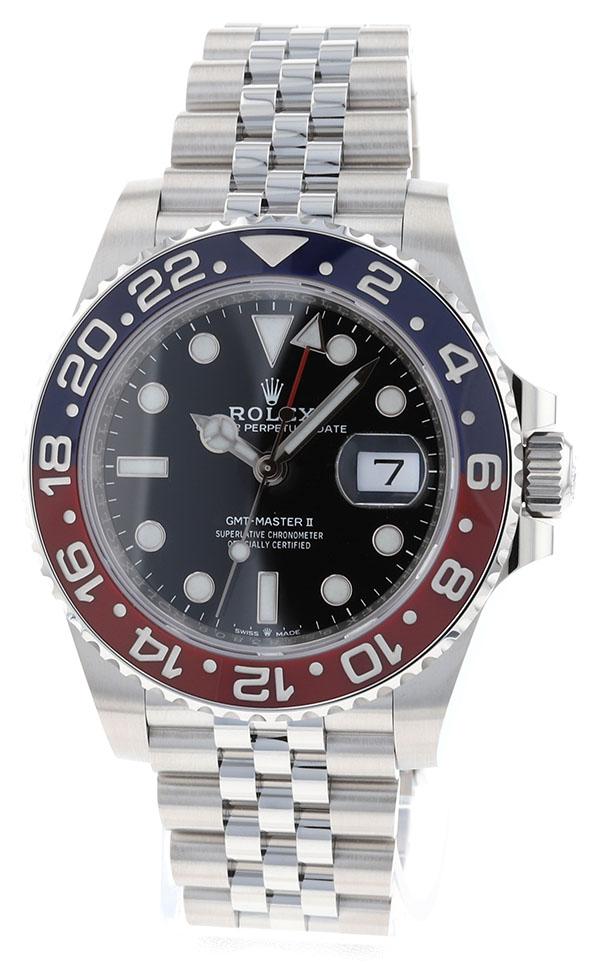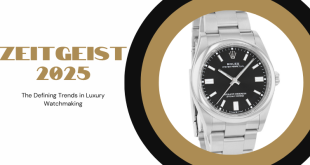« Waiting lists for luxury watches »
Anyone who wants to realize their dream of owning a Rolex in 2023 faces a dilemma: eternal waiting times or astronomical prices on the secondary market? We explain how the infamous “waiting list” works, which models require the longest patience and which collections promise the highest chances of success.
Top secret: The Rolex unit numbers per year
The waiting times for a new luxury watch from the traditional Geneva brand are increasingly reaching absurd dimensions: It is estimated that today’s prospective buyer of a GMT-Master II “Pepsi” would have to wait 20 years to finally wear the highly coveted reference 126710BLRO on his wrist. Half a working life! The reason for these circumstances lies in artificial scarcity: On the part of the manufacturer, there are only minimal production increases, which are offset by a rapidly growing world demand for the most famous watch brand of all time.
Many people ask the question: How many watches does Rolex actually produce each year? Although neither the company itself nor the chronometer testing body COSC publish figures that allow conclusions to be drawn about the total quantity, the annual report “State of the Industry – Swiss Watchmaking in 2022” by Morgan Stanley allows a rough classification: 1.05 million watches.
By comparison, Omega produced a mere 570,000 units, Breitling 170,000 watches and Patek Philippe a manageable 68,000 timepieces. The fact that the five-pointed crown has the highest excess demand despite the proud output of Rolex watches per year demonstrates the manufacturer’s enormous popularity.
The waiting list myth: No trace of commitment
But what exactly would you have to do to get one of the approximately 1 million examples? The widely circulated term “waiting list” suggests a fixed order: You sign up with the dealer, he notes your wish, and in Geneva the orders are processed year by year. That would be nice! In reality, there are no longer any classic waiting lists or even binding order lists, but only “interest lists”. Many prospective buyers go to the concessionaire, let themselves be put on such an interest list and believe to have secured at least in the distant future one of the scarce Rolex watches. A mistake: Often hundreds of customers are on the interest list with the same dealer without ever having a realistic chance of owning the dream watch. Only the dealer’s binding confirmation of having moved up from the interest list to his “official” waiting list brings certainty.
To understand the “system”, you have to imagine three stations: Manufacturer –> Dealer –> Customer. The limited Rolex production per year is allocated to the different dealers in limited quantities. For example, a concessionaire or online store will receive 50 Submariners per annum, while perhaps only five examples of the extremely sought-after Daytona will go to the dealer. The dealer will most likely distribute his mini-quota among his best regular customers, leaving new customers empty-handed. Anyone caught by the dealer selling the new watch on the secondary market at two to three times the price immediately after purchase will be put on a “black list” and will no longer receive an allocation at the RRP in the future.
Up to 20 years: The longest waiting times
In plain language, these conditions mean: Customers have no power, but are supplicants and dependent on the goodwill of the dealer. The scarcity, whose greatest advantage lies in the absolute value stability of almost all of the manufacturer’s watches, is most extreme in the case of the iconic Daytona. According to current information, anyone who wants to buy the embattled stainless steel reference 116500LN at MSRP will have to wait around 20 years. Comparatively, the 12-year wait for a “Trabi” from the former GDR seems almost humane. If you prefer the double time zone of the Rolex GMT-Master II, the black-blue “Batman” is a faster alternative to the red-blue “Pepsi”: Not 20, but 7 years of patience are to be expected. For each model, the question naturally arises: how many watches does Rolex produce? We suspect a negative correlation, at least in part: The lower the output, the higher the waiting time.
Other models with long waiting periods include the coveted Submariner “Hulk” (Ref. 116610LV), which takes around 4 years from expression of interest to unboxing, and the extremely water-resistant Deepsea 126660: newly released in 2022, the 3,900-meter-deep diving Goliath takes around three years to arrive. The same goes for the brand’s most functionally complex watch: new customers must have at least 36 months of toughness for a Rolex Sky-Dweller in steel and white gold (ref. 326934).
Which models are available the fastest?
The good news is that not all models require astronomical staying power, as evidenced by the extremely popular Datejust 41 in particular. An average of three to twelve months waiting time is on a moderate new car level, with steel models typically requiring more patience compared to prestige models. A regularity that applied to all Rolex watches until a few years ago, but is blurring as demand surges. Bicolor editions (Rolesor) have also always been known for the shortest waiting times, but are currently gaining popularity.
Other editions that don’t require superhuman patience from the new buyer include the adventurous Explorer II (averaging one year), the nautical Yachtmaster I and II collections (6 to 18 months), and the timeless basic Oyster model with a 6 to 12 month wait. The Air King and Milgauss series should also be on your wrist after one year at the latest. These figures are approximate at the time of this article’s publication (March 2023), are not a guarantee, and may shift by leaps and bounds in the future.
Certified Pre-Owned: Alternative to the waiting period
But let’s be honest: Even the “moderate” 12-month waiting period does not bring joy to any watch lover. The focus should not be on the question “How many watches does Rolex produce per year?” but on finding solutions. Our recommendation is to purchase used models that are popular but have not fallen victim to any “Pepsi” style hype. Online stores such as Uhrinstinkt, for example, carry an assortment of certified pre-owned models that are checked for full functionality by a professional watchmaker before being sold.
Especially the Oyster, Datejust and Milgauss editions are still partially in a price range as “Certified Pre-Owned”, which is not light years away from the RRP. Daytonas and GMT-Masters II, on the other hand, demand immense premiums from their buyers, even on the used market, compared to the manufacturer’s prices. The biggest advantage of buying pre-owned is that there is no waiting time: you get your dream watch immediately and can sell it at any time without fear of blacklisting, thus fully benefiting from value increases.
In short, how many watches does Rolex produce per year?
Estimates suggest that Rolex manufactures just over one million watches per year. Which model, how often per year is manufactured, is very different. Although the company does not disclose figures, it is safe to assume that the brand with the crown keeps supply tight. Currently, there is no recovery in the excess demand on the market for the watches of the Geneva brand. If the situation relaxes in the future, we will keep you informed.
 Uhrinstinkt Magazine
Uhrinstinkt Magazine
